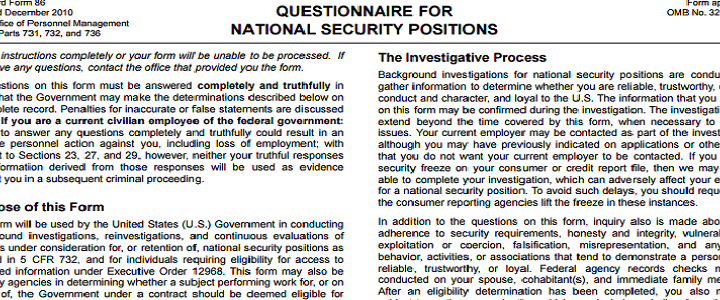Questions You Should Pay Special Attention To
Hakamaa also urges clearance candidates to pay special attention to the questions listed after each employment entry:
- For this employment have any of the following happened to you in the last seven (7) years? Fired, quit after being told you would be fired, left by mutual agreement following charges or allegations of misconduct, left by mutual agreement following notice of unsatisfactory performance.
- For this employment, in the last seven (7) years have you received a written warning, been officially reprimanded, suspended, or disciplined for misconduct in the workplace, such as a violation of security policy?”
Same rules apply here as when you took your SATs back in high school: follow the directions to the letter. Be honest. As Hakamaa points out, “Whether or not you agree, if the employer would say that you were fired, terminated, or left under unfavorable circumstances, list it and explain the circumstances. If you had ANY discipline, warnings, reprimands, list it (verbal, written, formal and informal, etc.) This will alleviate any appearance of lack of candor if something does pop up during the course of the background investigation and shows you have accepted responsibility and put it behind you.”




